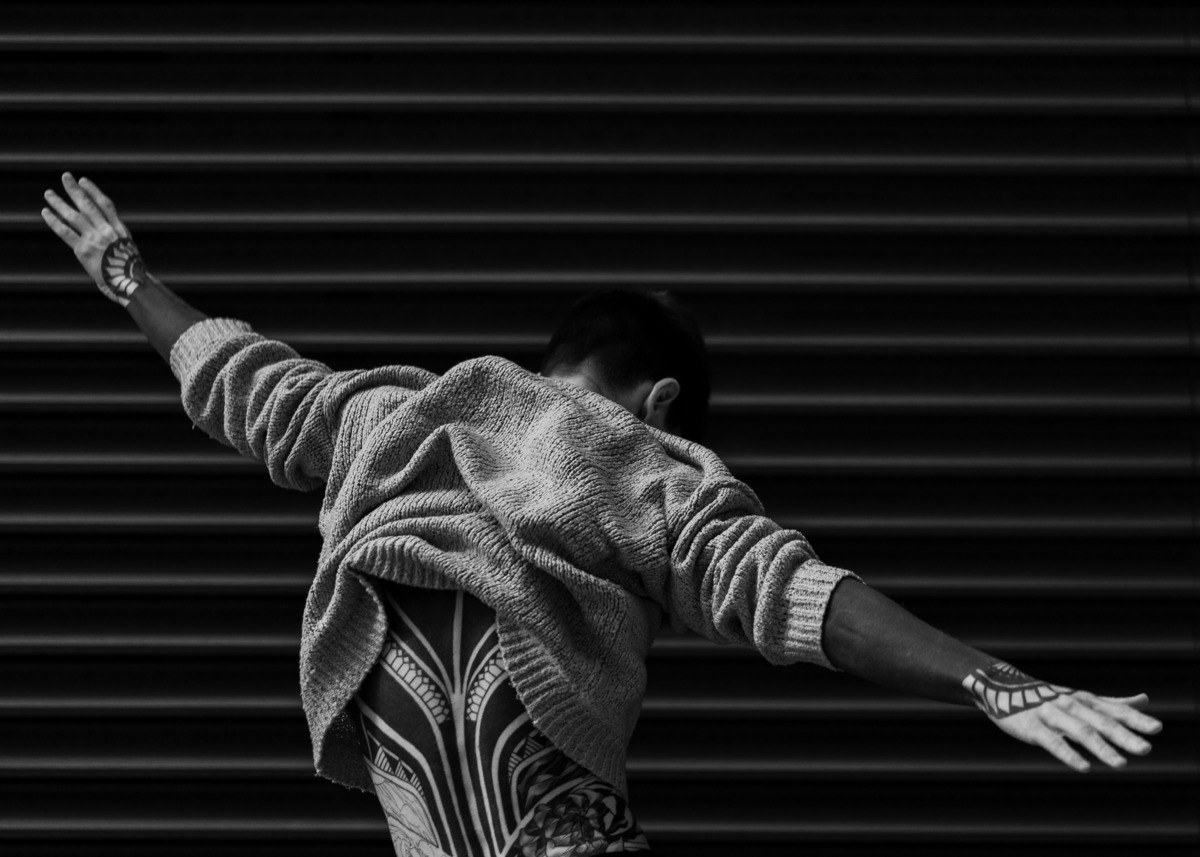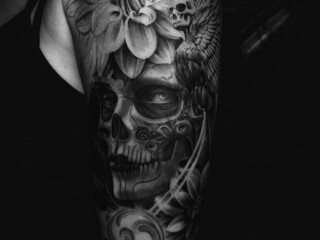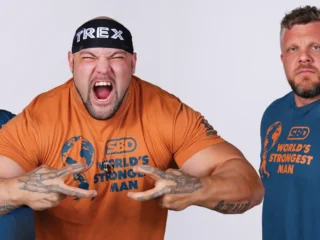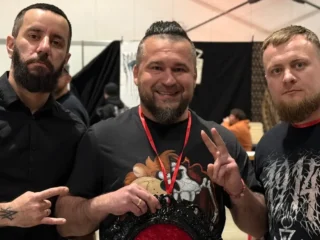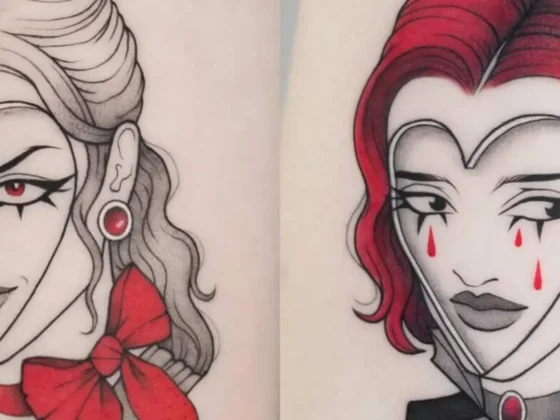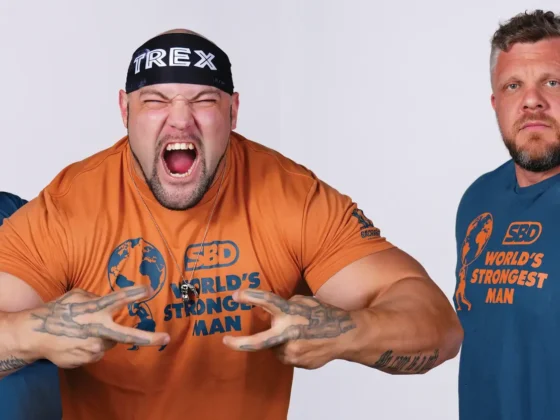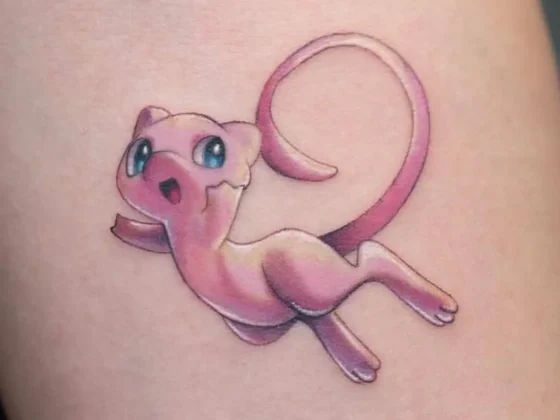Sean Prendergast
November 6th, 2024
Filled to Capacity
What does one do when they run out of ink space?
In the bygone days preceding the 2000s, the solution to covering up a tattoo was often straightforward: get a larger, darker tattoo to cover up existing ink. However, such cover-up tattoos were seldom masterpieces; they were typically chosen out of sheer disdain for the old tattoo, with any alternative appearing preferable. Alternatively, some celebrities, such as Pharrell Williams, resorted to skin grafts or extensive laser surgery to rid themselves of unwanted tattoos. Yet, as the art form of tattooing continued to evolve, so did the array of options available.
Enter the era of blackout and blast-over tattoos, the “new” solutions to the age-old dilemma. Both styles leverage heavy blackwork to transform the body, albeit with distinct approaches aimed at erasing or honoring the past.
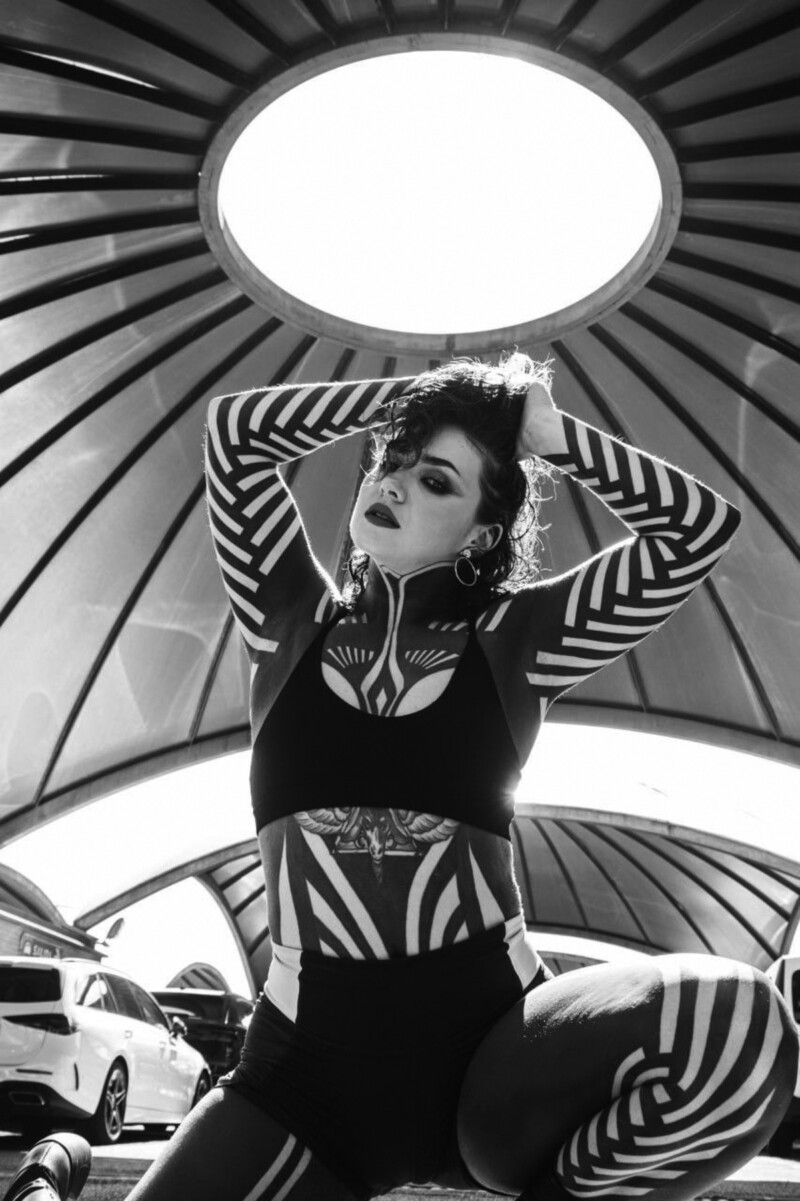
A blackout tattoo is unmistakable — it involves saturating a part of the body with black ink. This could range from simply obscuring a previous tattoo, a practice with historical roots spanning centuries, to crafting intricate designs that accentuate the body’s contours in striking, otherworldly ways. Celebrities such as Kat Von D or Ronnie Radke are at the forefront of bringing this approach to tattoos into the minds of the general populace, choosing blackouts to cover up artwork that no longer represents them.
On the other hand, blast-over tattoos utilize the negative space within tattoo designs, offering glimpses into past tattoos and colors concealed beneath. Blast-over work often incorporates traditional tattoo art due to its simplicity and clarity, foregoing colors, and shading for readability.
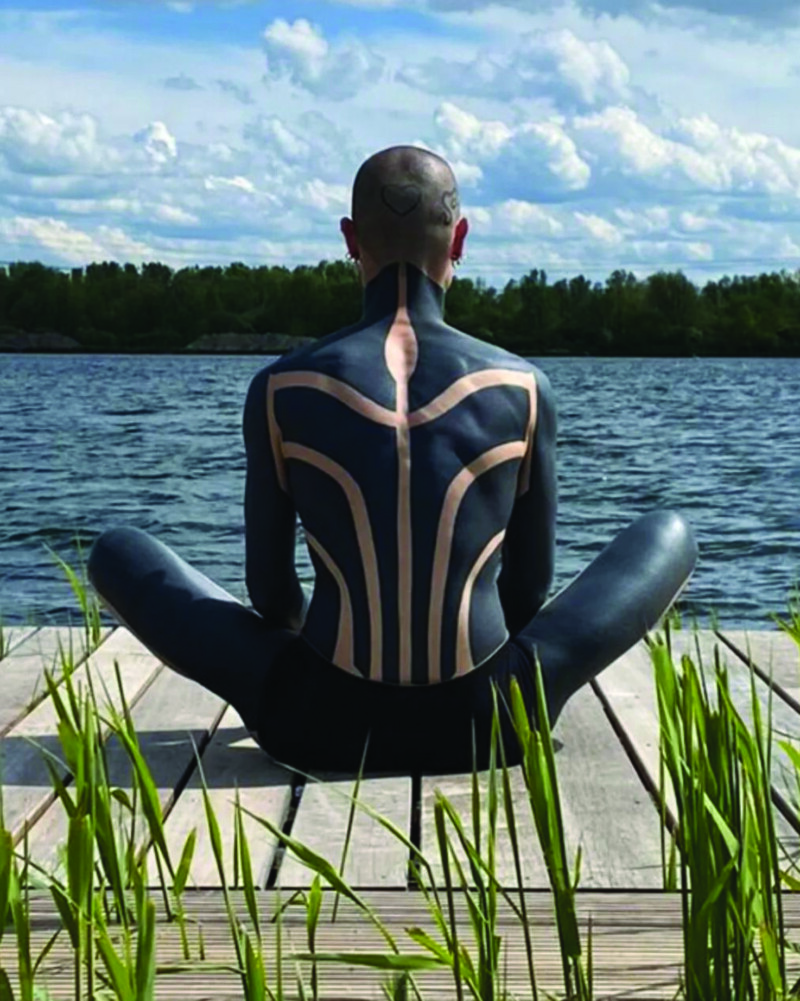
Machine Gun Kelly’s latest tattoo appears to be a fusion of both styles. Though dubbed a neck tattoo, it stretches down to his forearms and encompasses his entire chest. Created by the artist known as Roxx (@roxx___), MGK’s tattoo extends from nape to navel with the majority of the blackwork concentrated on his chest and shoulders, and concentric bands snaking down his arms, allowing glimpses of his prior tattoos, ending at the wrist in a pattern reminiscent of circuitry. Across his chest is a large crucifix created through negative space. A sort of optical illusion, the design seems to broaden his chest whilst simultaneously narrowing his shoulders and extending his arms.
Most of the publicly available representation of extensive blackout work lies within the world of modeling, with only a handful of adopters of the style in the ranks of mainstream celebrity. Models such as Tina Alexandra (@tinaxanda) perfectly showcase the vision of artists keen to change the shape of the human into something not achievable through conventional means like diets or surgeries. Alexandra’s tattoos focus on drawing the eye to stereotypically desirable feminine traits, giving her body curves similar to that of an anime character, drawing the waist in and accentuating the hips, elongating the limbs and neck, and widening the chest. It’s an amazing effect but one that only comes about from an almost physician-level understanding of the unique anatomy, the contours of muscles, and how shapes form and change as the person moves.
Despite specializing in exquisite anime tattoo work, tattoo artist Michela Bottin-Ackerman sports blackout tattoos that cover much of her body. She spoke of a project known as “Brutal Black,” which aims to push artistic and physical boundaries, transforming the body into an ethereal, almost alien canvas.
The project, ironically, started without the idea of art and instead prioritized the pain of tattooing. Valerio Cancellier, Cammy Stewart, and Phillip 3Kreuze, the tattoo artists behind the Brutal Black Project, wanted to emphasize the transformative nature of tattooing and incorporate the adage “what doesn’t kill me…” believing the client would be mentally and physically transformed by the pain and overall process. Stewart said the design of these tattoos was never decided, but instead created spontaneously with the individual client, leading to the chaotic and multi-layered design work.
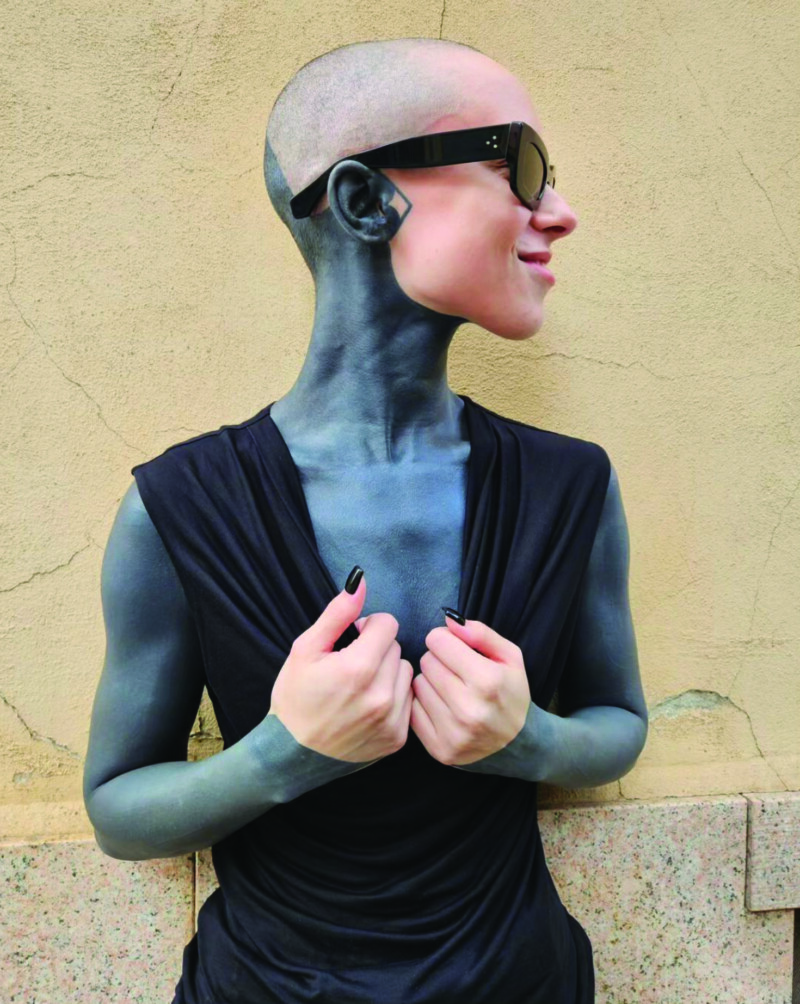
The processes during the aforementioned project differ slightly from that of a conventional blackout — individuals often have messages or images tattooed before being covered over, imbuing the ink with secret meanings known only to them. These layers of significance create a depth akin to a puzzle, where meanings upon meanings emerge. Images that vanish at a casual glance reveal themselves like hidden treasures, reminiscent of a magic eye picture, catching the light just right or surfacing subtly over time through healing or aging, similar to attempting to match different shades of black clothing.
Moreover, there’s a tactile dimension to blackout tattoos that transcends traditional art forms. While paintings or sculptures may degrade over time, offering fleeting glimpses into their past, blackout tattoos endure as a constant evolution. This uniqueness adds to their beauty, presenting a canvas where past iterations shine through, each layer contributing to a rich and multi-layered tapestry.
Another remarkable example of evolving blackout art is Remy (@ephemeral_remy). Remy transformed his body into an ongoing art project, covering 90% of his skin with tattoos. Each layer represents a chapter in his narrative, similar to an artist reusing a canvas. Though in the realm of traditional art, the reuse of a canvas is conventional; often the new piece completely eradicates the old. The human body also serves as a unique canvas where past iterations subtly manifest, adding depth and complexity to the overall composition.
The emergence of blast-over tattoos is a potential middle ground to blackout tattoos. Tattoo artists like Ricardo Da Silva Cunha and Caleb Blansett have pioneered the style, encouraging the pursuit of growth and self-actualization — ink may be permanent but, just like people, there can and should be layers. The use of American traditional imagery as the covering piece further pushes that idea, often covering colorful works of different styles with “flash” designs of yesteryear, completed using thicker lines and no shading, and routinely using only black ink.
In essence, blackout and blast-over tattoos enable individuals to walk hand-in-hand with their past, present, and future selves — a testament to the enduring power of self-expression through ink. Far from erasing the past, these tattoos celebrate it, offering a surface for the depiction of the journey of self-reverence and growth.
Looking for more inked content? Check out our other articles here!

